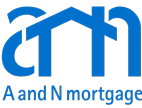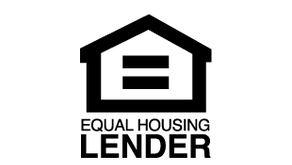Becoming a homeowner is an exciting milestone, and understanding the components of your mortgage payment is crucial for a smooth financial journey. As your trusted mortgage partner, we’re here to break down the essentials, providing you with the knowledge to navigate the world of homeownership confidently.
1. Principal
At the heart of your mortgage payment is the principal, the original loan amount you borrowed to purchase your home. Paying down the principal builds equity—the ownership stake you have in your property.
2. Interest
Interest is the fee you pay to the lender for borrowing the money. It’s calculated based on the outstanding balance of your loan. Early on, a significant portion of your mortgage payment goes toward interest, gradually decreasing as you pay down the principal.
Additional Read: How to Lower Your Mortgage Interest Rate
3. Property Taxes
Property taxes support local infrastructure, schools, and public services. Lenders often collect property taxes monthly and hold them in an escrow account, paying the annual tax bill on your behalf.
4. Homeowners Insurance
Homeowners insurance safeguards your property against damage and liability. Like property taxes, lenders typically collect insurance payments monthly and manage an escrow account to cover the annual premium.
5. Private Mortgage Insurance (PMI)
If your down payment is less than 20%, you may be required to pay PMI until you’ve built sufficient equity. It protects the lender in case of default but does not provide any direct benefit to you as the homeowner.
6. Escrow Account
An escrow account, managed by your lender, simplifies budgeting by combining property taxes, homeowners insurance, and, if applicable, PMI into a single monthly payment. This ensures these essential expenses are covered when they come due.
7. Amortization: The Path to Ownership
Your mortgage is likely set up on an amortization schedule, meaning each payment includes both principal and interest. Over time, a higher portion of your payment goes toward the principal, accelerating equity growth.
8. Fixed-Rate vs. Adjustable-Rate Mortgages (ARMs): Knowing Your Terms
With a fixed-rate mortgage, your interest rate remains constant throughout the loan term. ARMs, on the other hand, may have variable rates that fluctuate. Understanding your mortgage type is crucial for budgeting and financial planning.
Know more about ARM vs. Fixed-Rate Mortgage Calculator
9. Prepayment and Extra Payments: Accelerating Equity
Making extra payments toward your principal can significantly reduce the interest paid over the life of your loan. Check with your lender to understand prepayment options and any potential penalties.
10. Refinancing Opportunities: Evaluating Your Options
Periodically assess your mortgage to determine if refinancing could save you money. Changes in interest rates or improvements in your financial situation may present favorable refinancing opportunities.
Owning a home is a rewarding experience, and arming yourself with knowledge about your mortgage payment empowers you to make informed financial decisions. At A and N Mortgage, we’re committed to supporting you on this journey. If you have any questions or need personalized guidance, our team is here for you. Here’s to the exciting adventure of homeownership!







